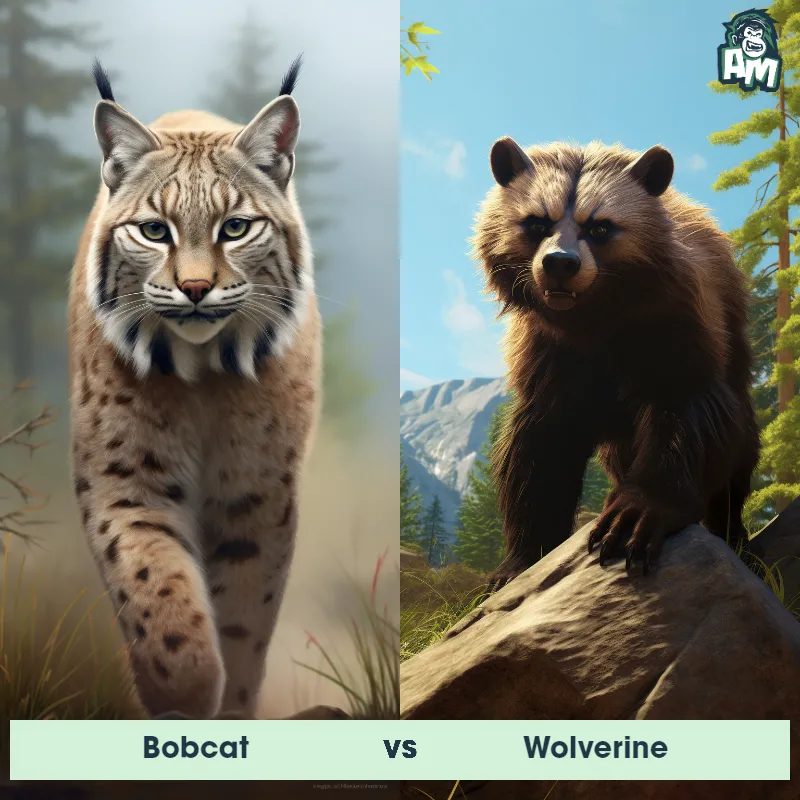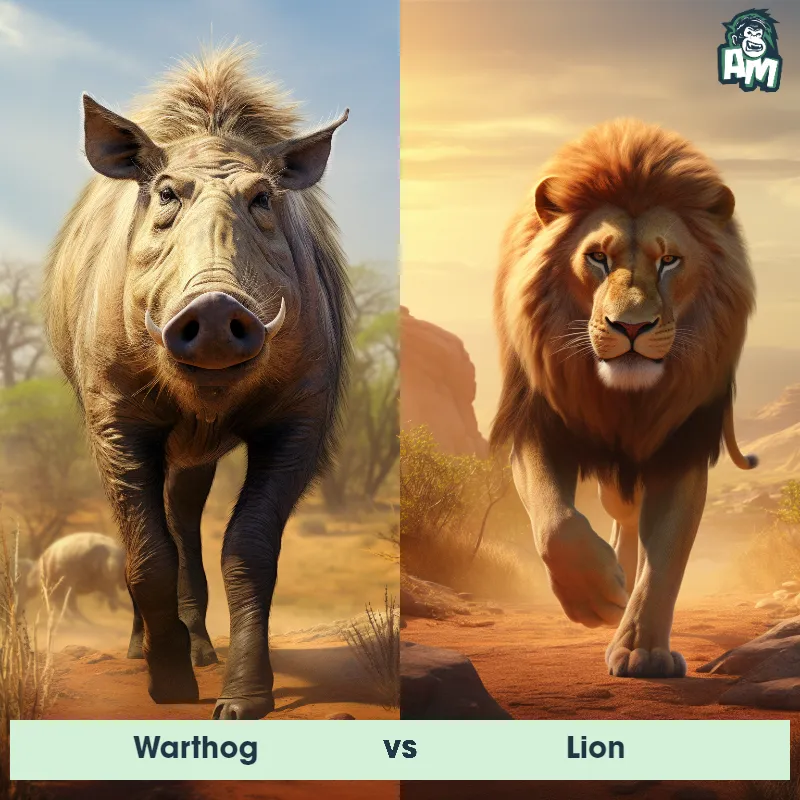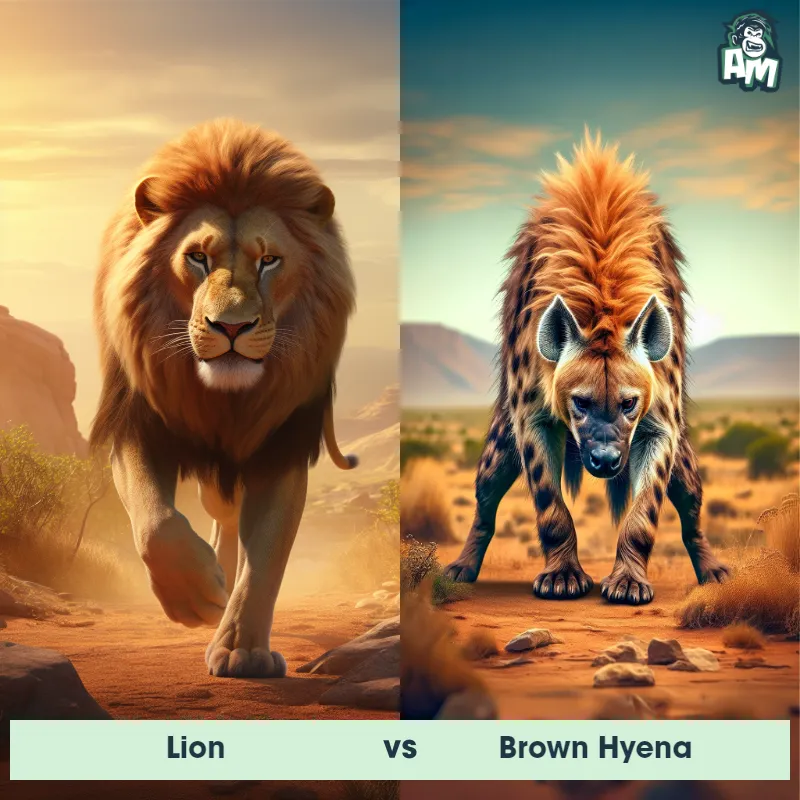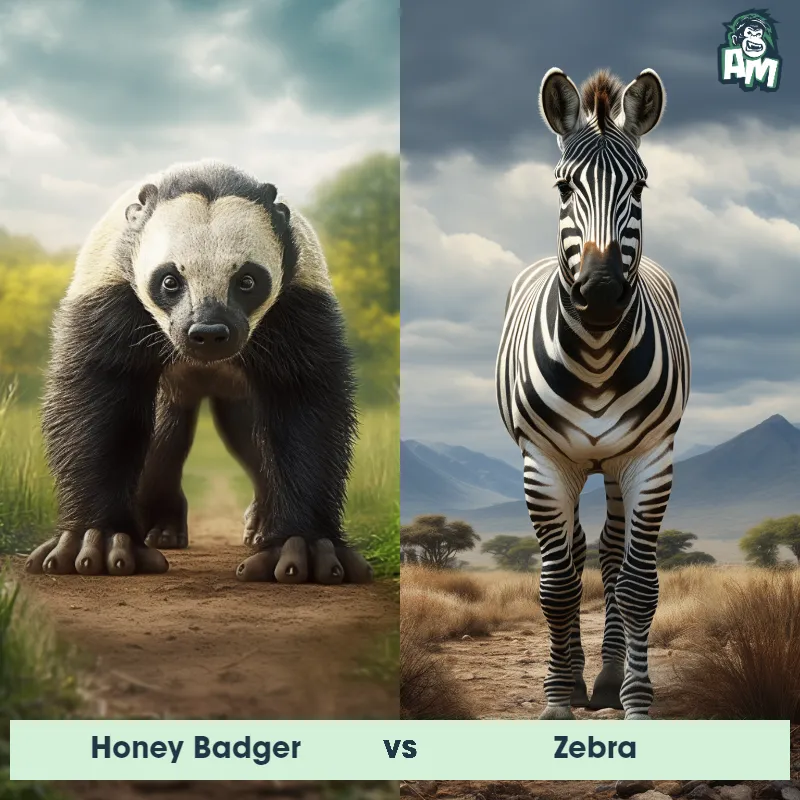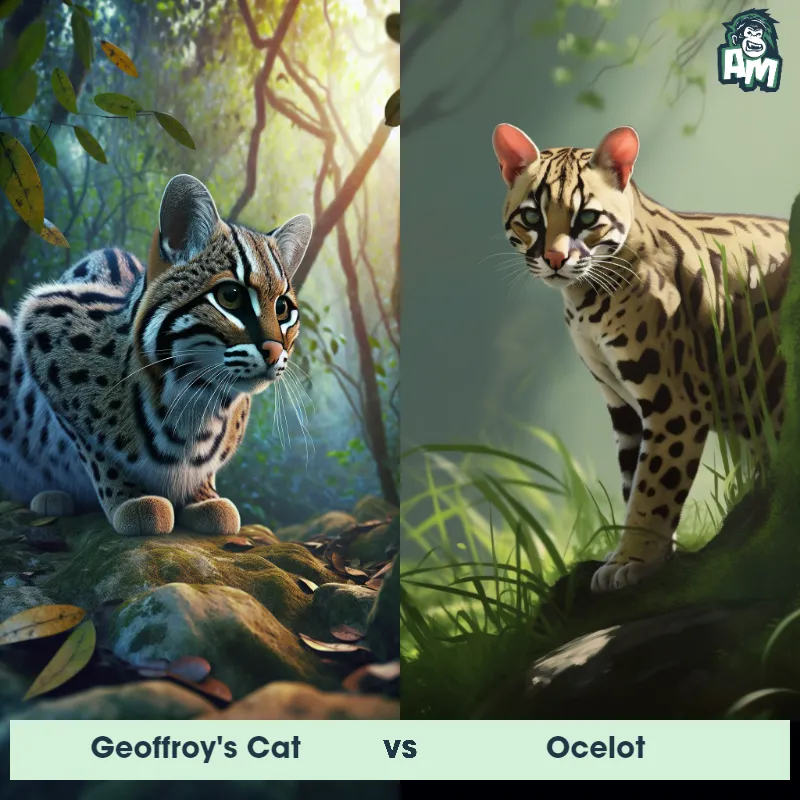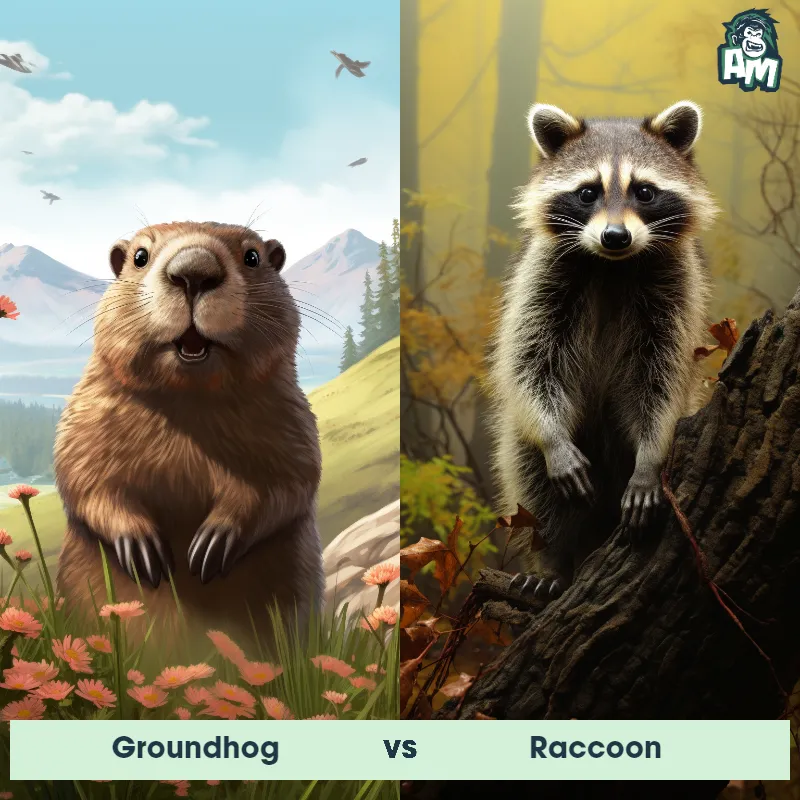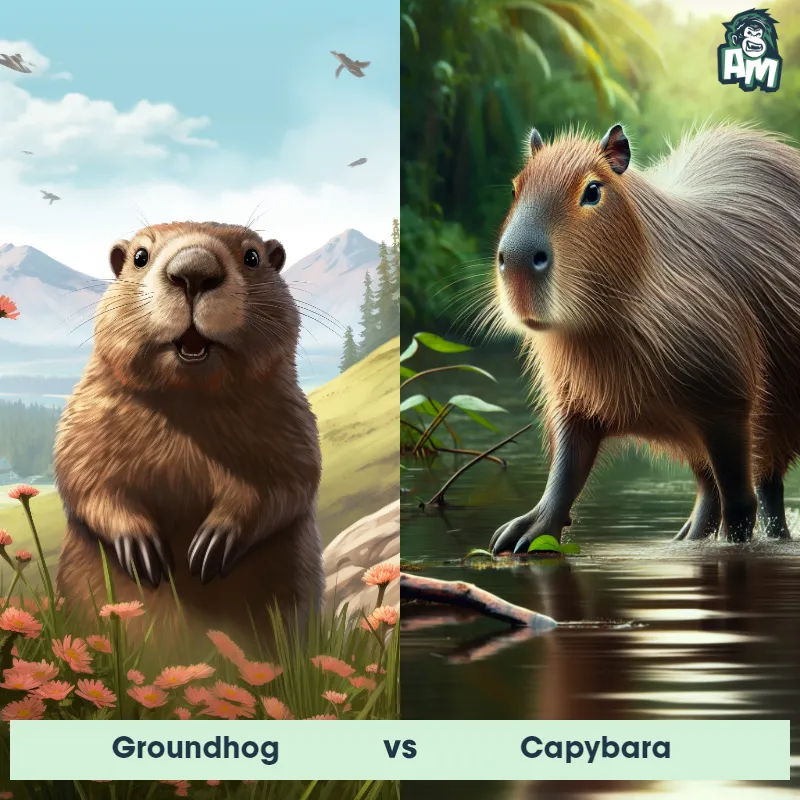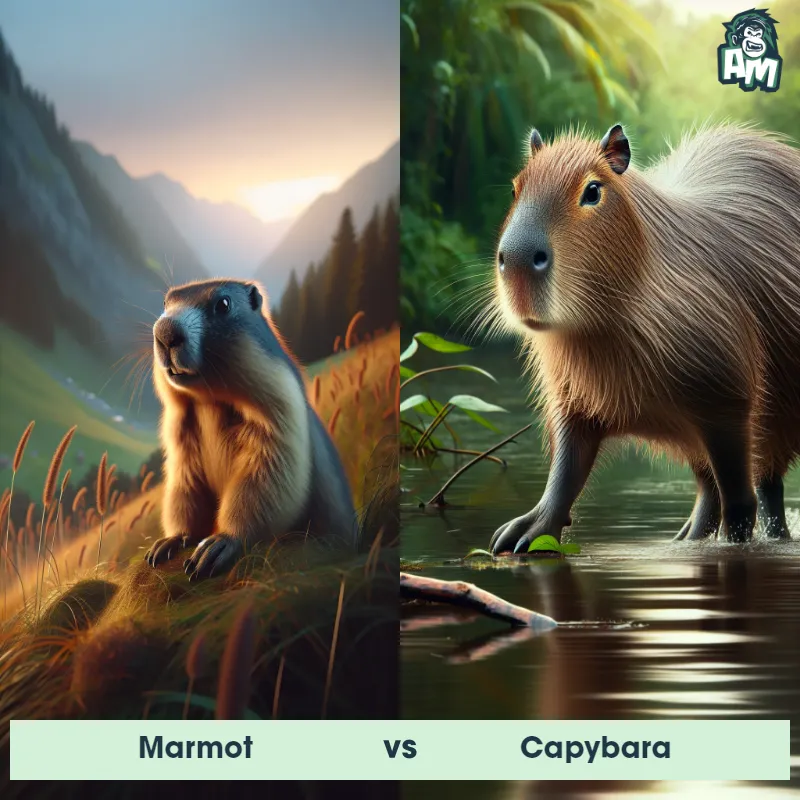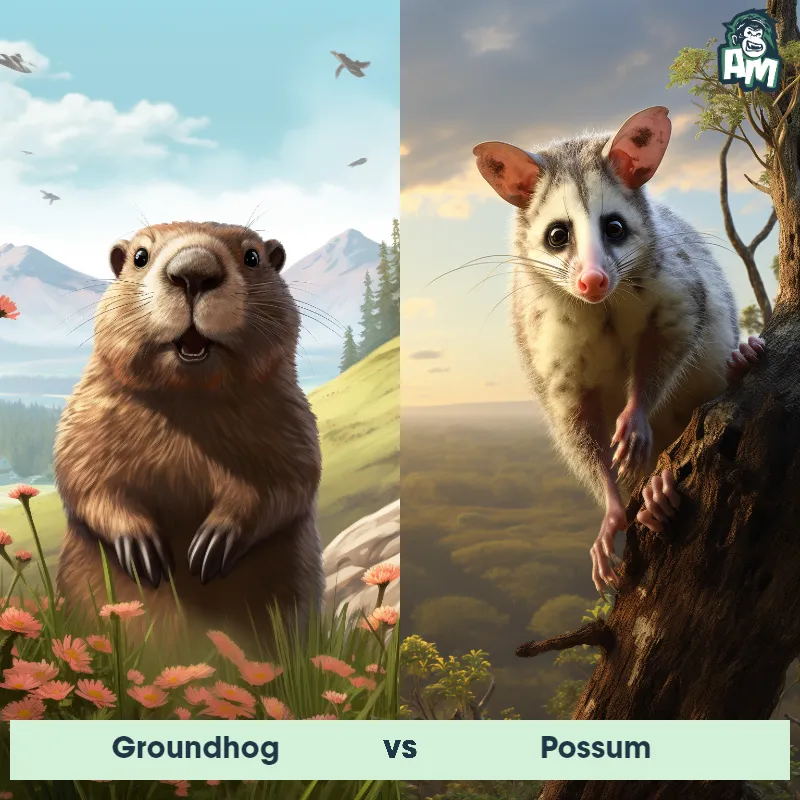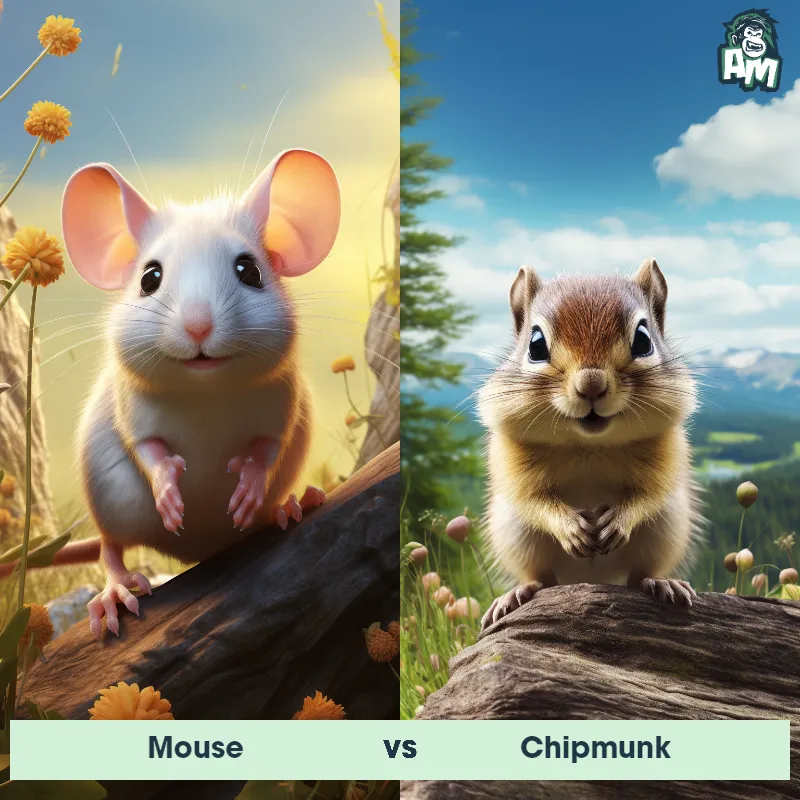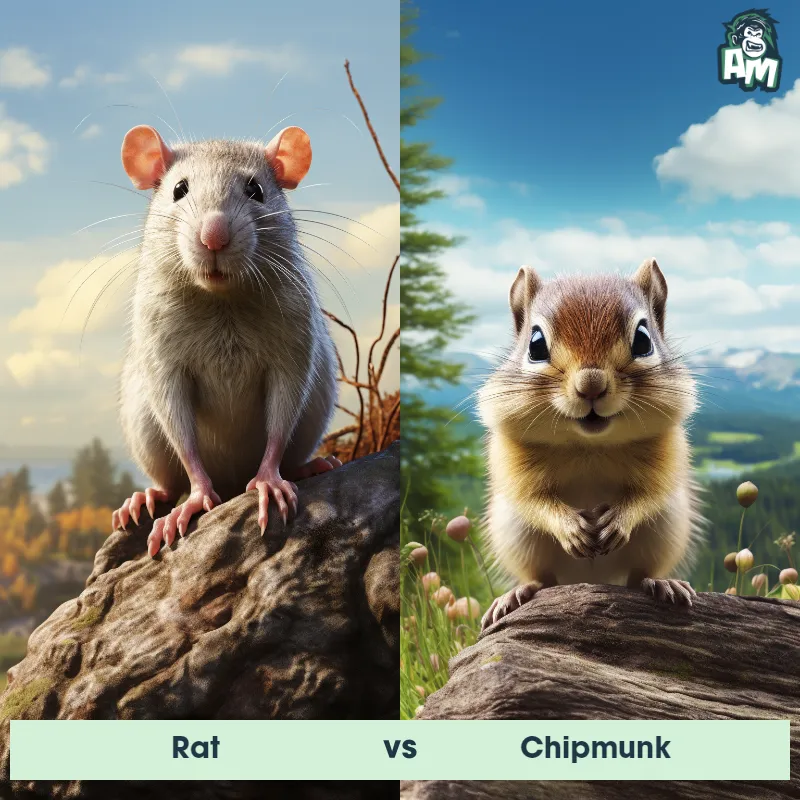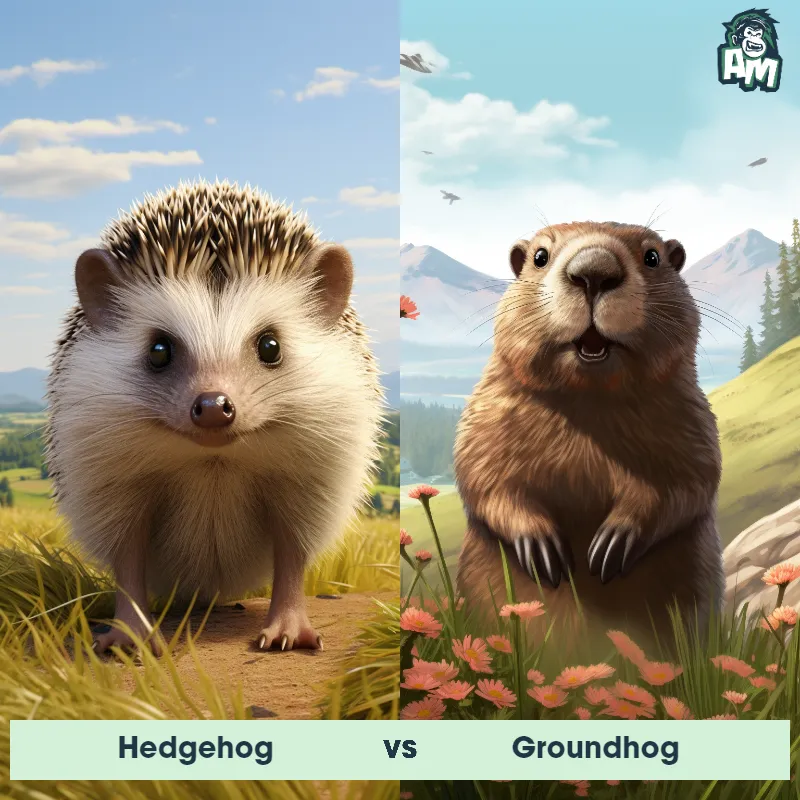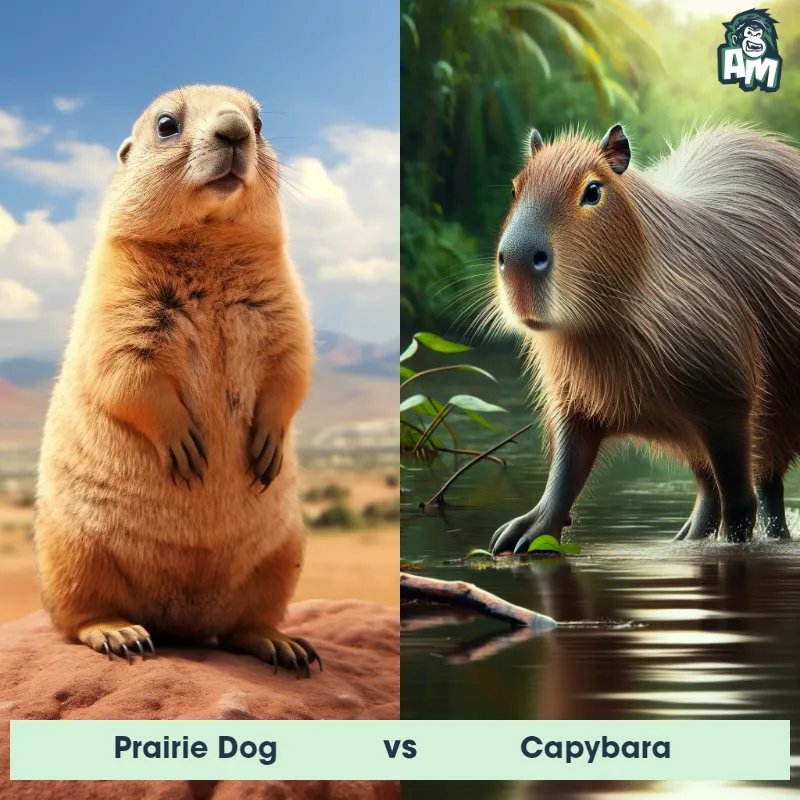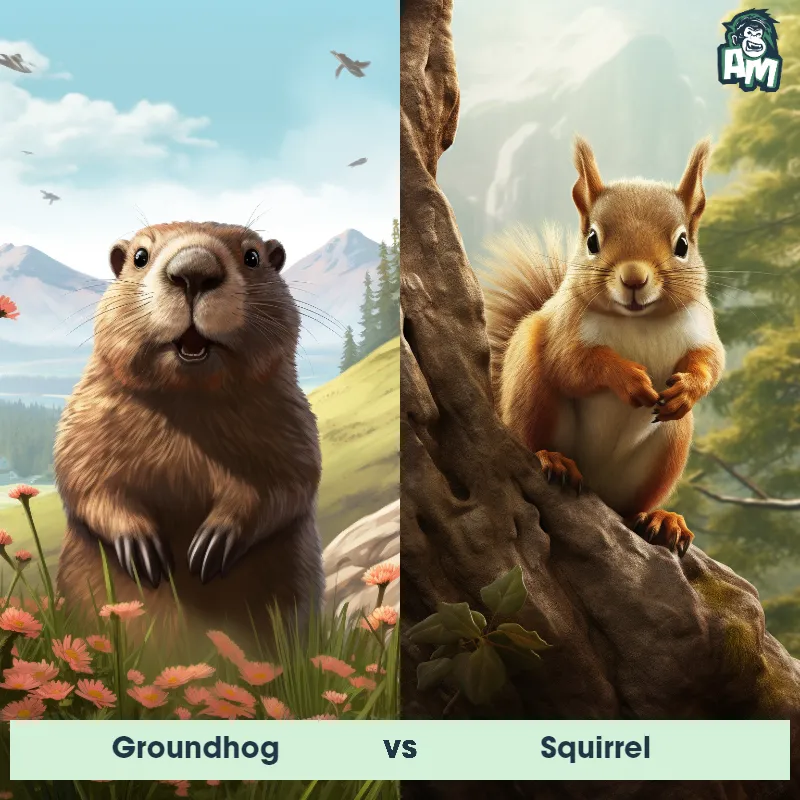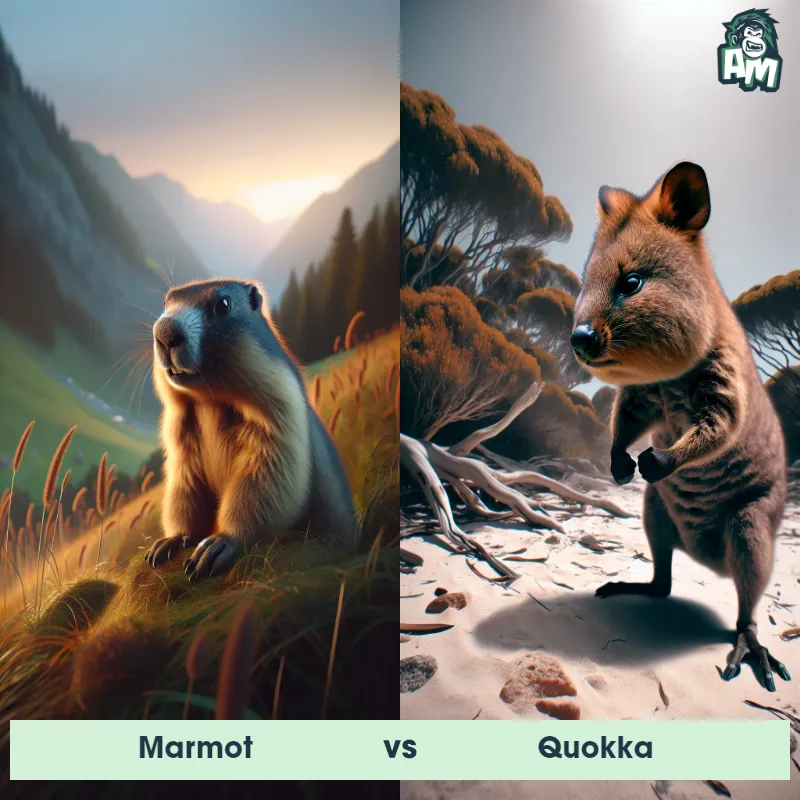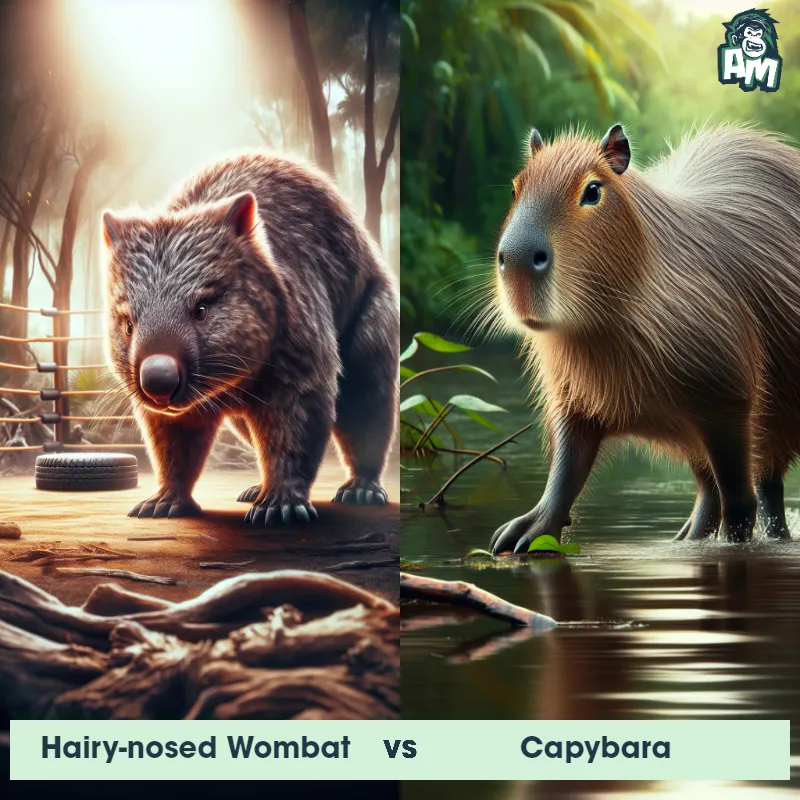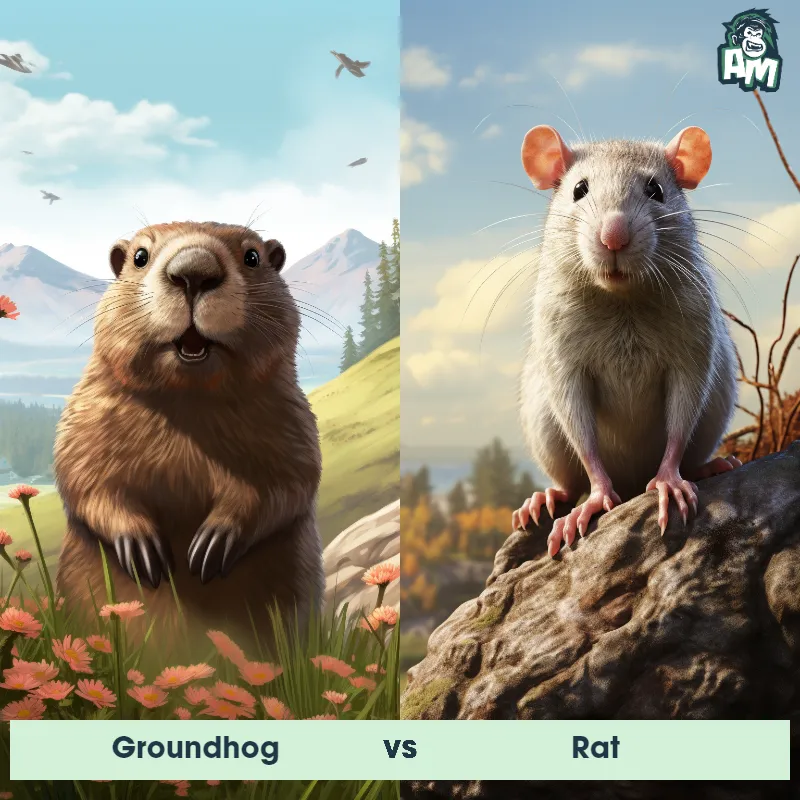Hairy-Nosed Wombat vs MarmotSee Who Wins

Welcome to today's matchup between the Hairy-Nosed Wombat and the Marmot. These two formidable creatures are ready to go head to head in a three-round fight to determine the ultimate winner.
Contender 1: Hairy-Nosed Wombat
The Hairy-Nosed Wombat, also known as the Northern Hairy-Nosed Wombat, is a large marsupial found in Australia. It has a stocky build with short, strong limbs and a broad head. This species is characterized by its distinctive hairy nose and large, strong claws, which it uses for digging burrows. The fur is dense and coarse, ranging in color from sandy-brown to reddish-brown. Hairy-Nosed Wombats are nocturnal creatures and are known for their exceptional digging ability, constructing complex burrow systems that provide shelter and protection.
Fun Fact: The Hairy-Nosed Wombat is one of the rarest mammal species in the world, with estimates suggesting there are less than 200 individuals remaining in the wild.
Contender 2: Marmot
The Marmot, also known as a groundhog or woodchuck, is a medium-sized rodent belonging to the squirrel family. It is characterized by its stout body, short legs, and bushy tail. Marmots have a short, coarse fur that can vary in color from brown to gray, depending on the species. They are well adapted to an underground lifestyle, with strong claws for digging burrows that can be up to 30 feet long. Marmots are social animals, living in colonies that consist of complex tunnel systems with separate chambers for nesting and hibernating. They are herbivores, feeding primarily on grasses, leaves, and flowers.
Fun Fact: Marmots are excellent diggers and can move up to a ton of soil when constructing their burrows.
Matchup Stats
| Hairy-Nosed Wombat | Marmot | |
|---|---|---|
| Size | 35 inches (90 cm) | Up to 2 feet long (60 centimeters) |
| Weight | 55 pounds (25 kg) | Up to 13 pounds (6 kilograms) |
| Speed | 25 mph (40 km/h) | 20mph (32km/h) |
| Key Strength | Powerful jaws | Agility and ability to retreat into burrow |
| Biggest Weakness | Limited mobility/agility | Relatively small size and lack of offensive weapons |
Current Votes
Hairy-Nosed Wombat vs Marmot
See Who Wins
View More Matches
Looking For More?
Similar Matches
Scientific Stats
| Hairy-Nosed Wombat | Marmot | |
|---|---|---|
| Scientific Name | Lasiorhinus krefftii | Marmota |
| Family | Vombatidae | Sciuridae |
| Habitat | Grassland and eucalyptus forest | Mountains and meadows |
| Geography | Australia | North America, Europe, Asia |
| Diet | Herbivorous, mainly grasses and roots | Herbivorous, primarily grasses, leaves, and flowers |
| Lifespan | 10 years - 15 years | 6 years - 10 years |
Key Differences between Hairy-Nosed Wombat and Marmot
- Size: The Hairy-Nosed Wombat is larger and heavier than the Marmot, with adult wombats reaching up to 40 inches in length and weighing over 70 pounds, while marmots are typically smaller and lighter.
- Behavior: The Hairy-Nosed Wombat is solitary and nocturnal, emerging at night to forage for food, while Marmots are social animals that live in colonies and are diurnal, active during the day.
- Conservation status: The Hairy-Nosed Wombat is considered critically endangered due to habitat loss and competition with livestock, while most species of Marmots are listed as least concern, with some species having stable populations.
- Habitat: The Hairy-Nosed Wombat is native to Australia and inhabits dry, grassy plains and forests, while the Marmot is found in mountainous regions of North America, Europe, and Asia, living in burrows in alpine meadows and rocky slopes.
- Facial features: The Hairy-Nosed Wombat has a unique hairless, leathery nose pad and large, rounded ears, whereas the Marmot has a more slender nose and smaller, rounded ears located closer to the head.
- Color: The Hairy-Nosed Wombat has a distinctive robust body covered in dense, dark brown fur, whereas the Marmot has a slender body with a more varied fur color ranging from gray to brown.




